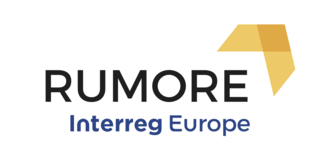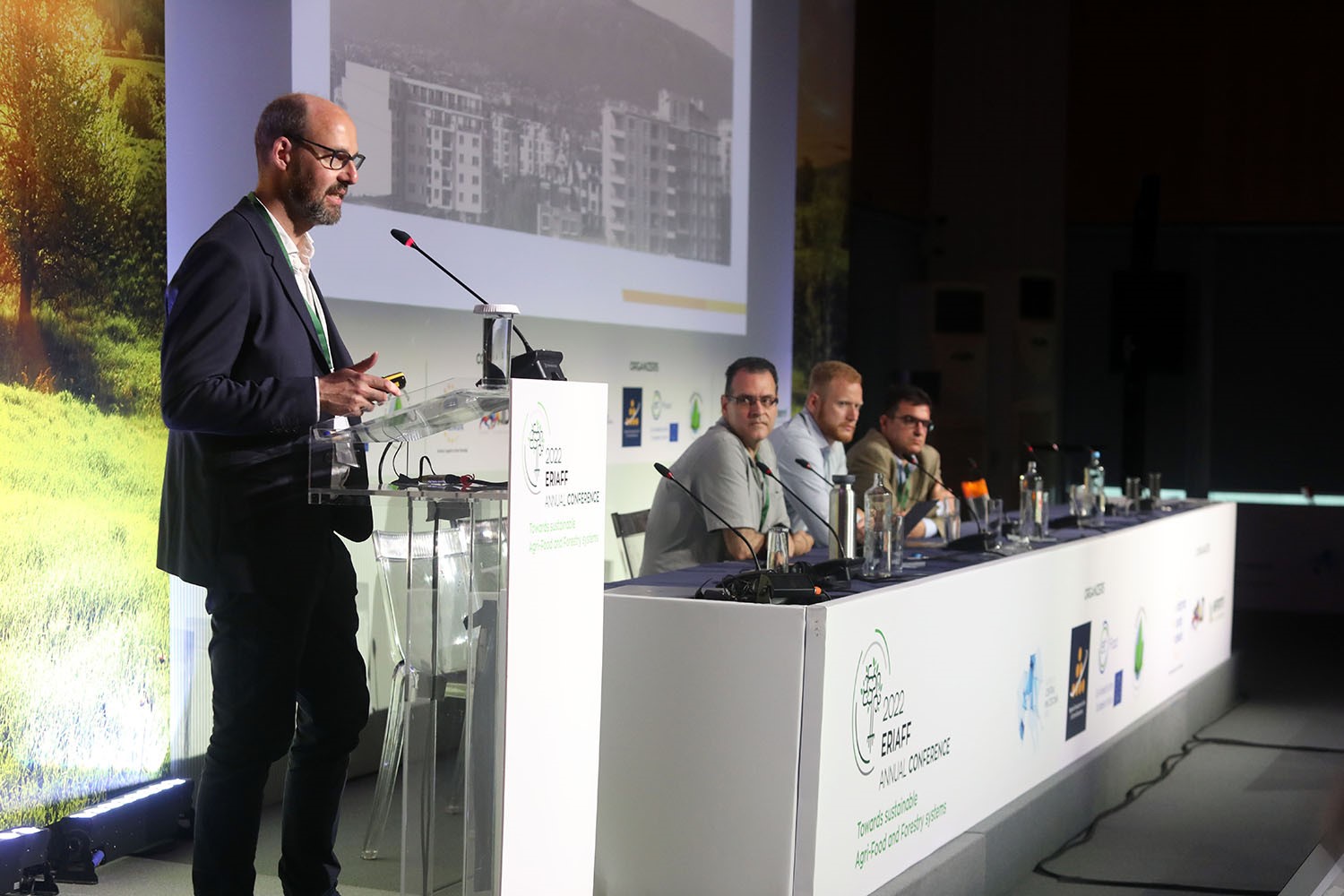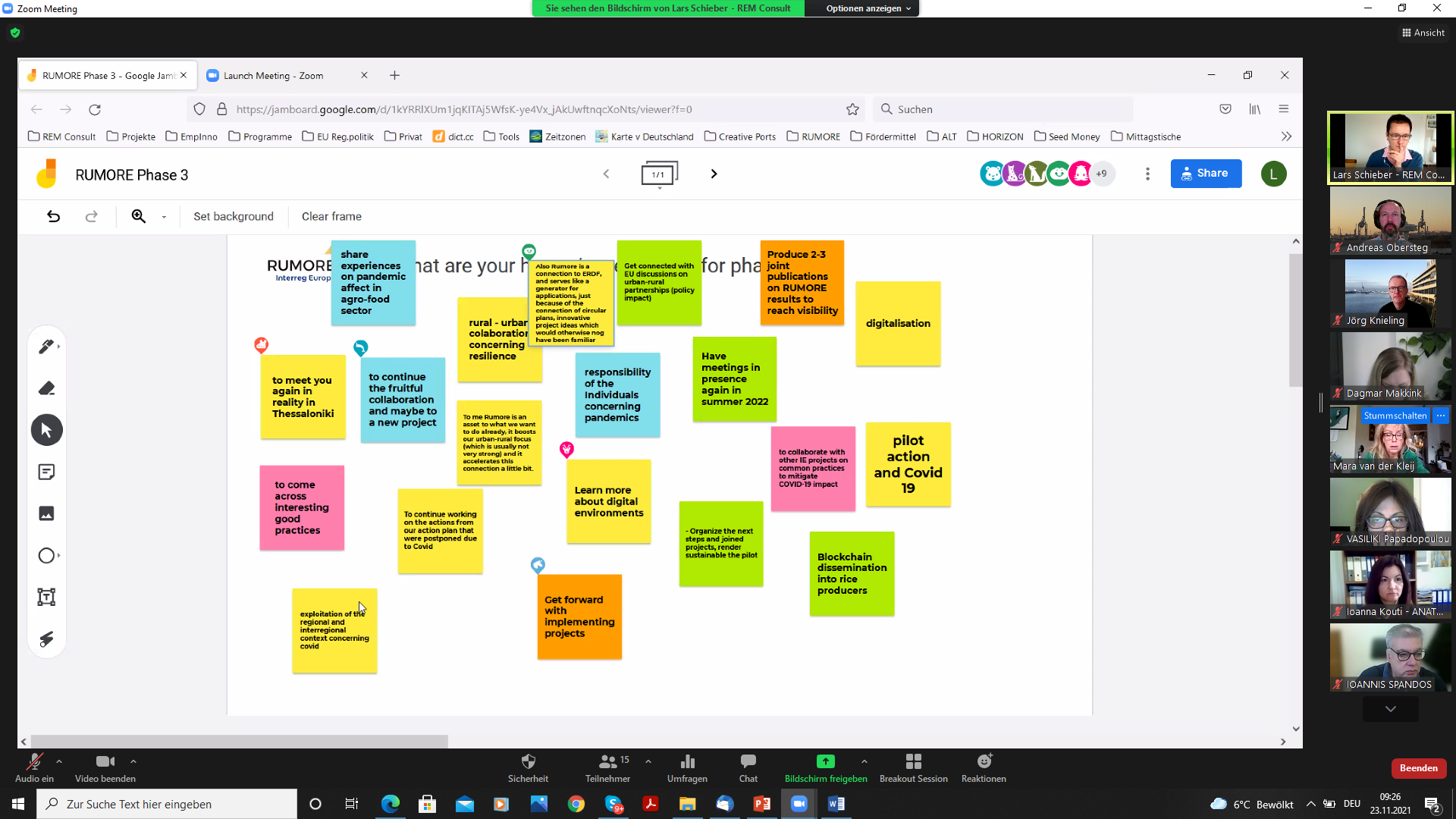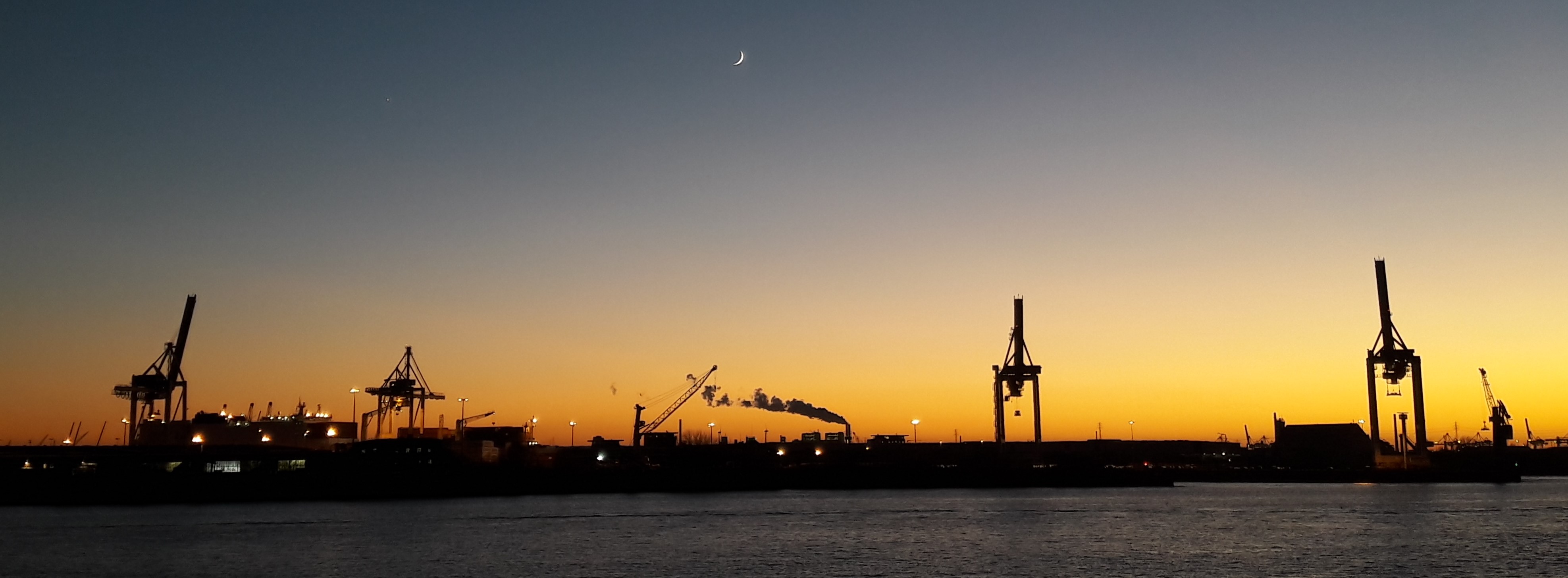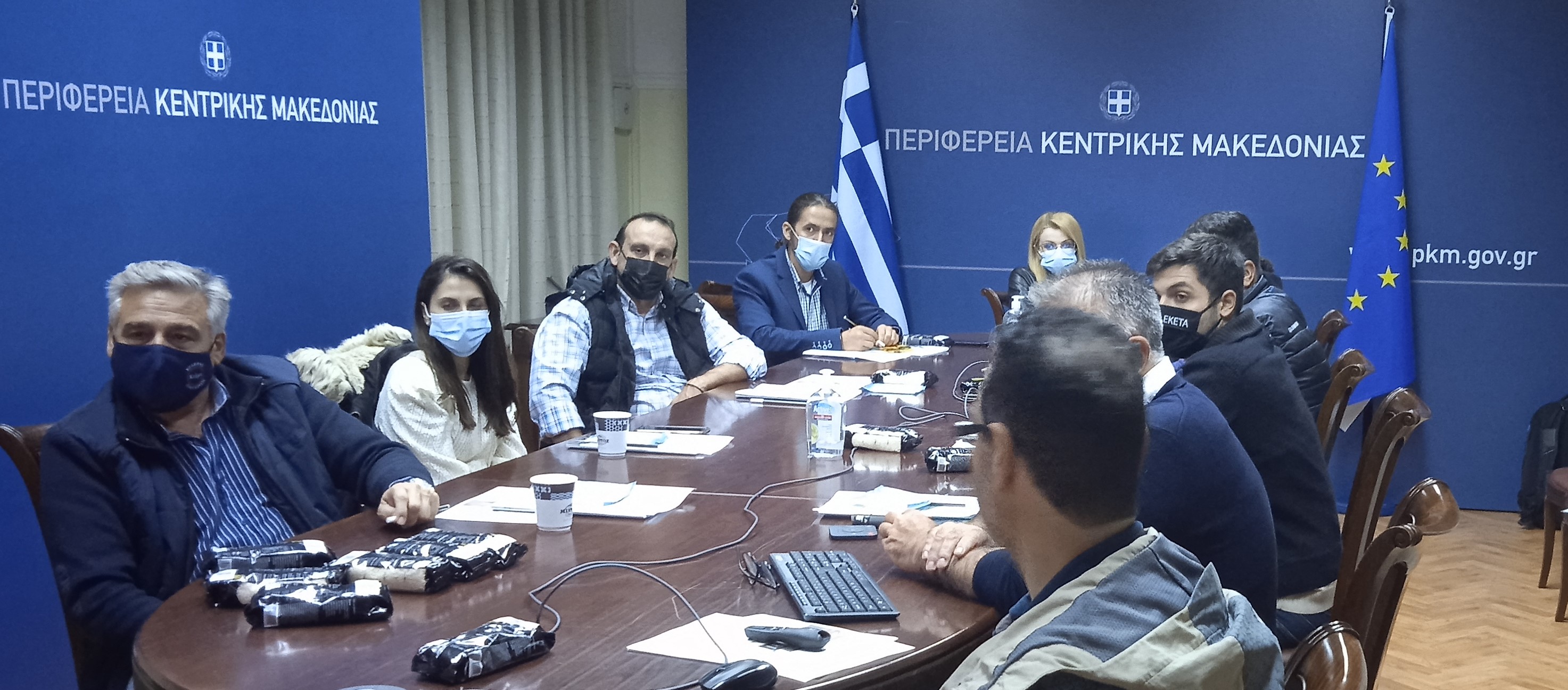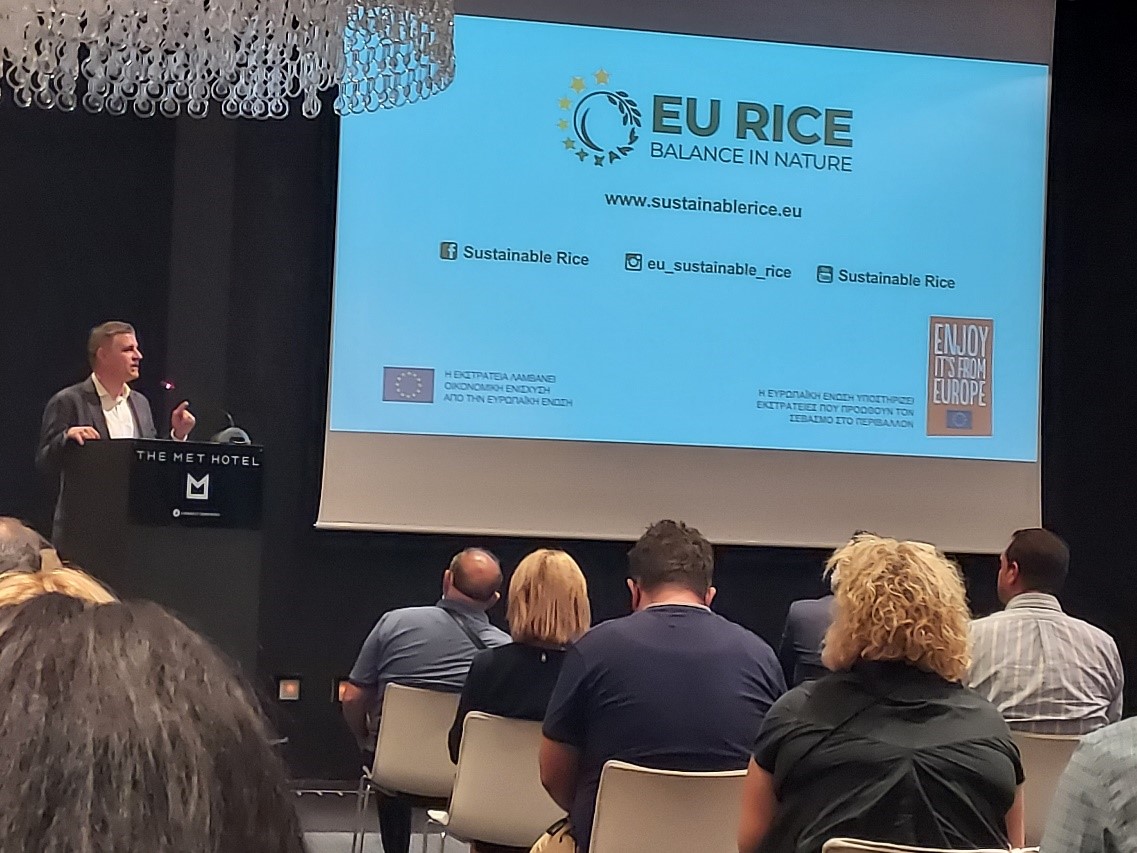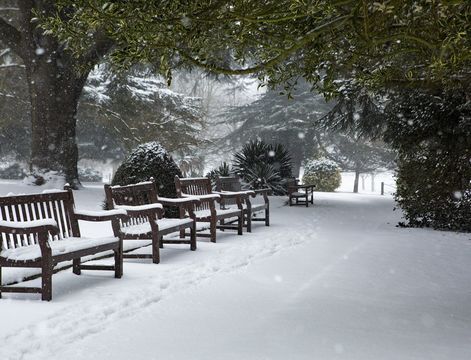Are biosphere reserves and protected natural areas a regional asset or a development constraint? Local authorities from Lüneburg Region have joined efforts to prove that natural conservation have rich social and economic benefits.
Lüneburg Region and the Metropolitan Region of Hamburg are characterised by diverse natural landscapes including mud flats, heathland, lakes, natural river courses and nature conservation areas. Five out of sixteen German UNESCO Biosphere Reserves are fully or partly located within the Hamburg’s Metropolitan Region, and two are in the Region of Lüneburg. The UNESCO Biosphere Reserves represent model areas demonstrating how humans can better co-exist with nature by using natural resources in a more sustainable manner.
Local authorities, environmental experts and NGOs from the Lüneburg Region have raised the question as to whether nature conservation and economic development can be combined. This question is particularly relevant for the area within and around the UNESCO Biosphere Reserve ‘Elbe River Landscape`. This Reserve stretches over five federal states and runs along 400 kilometres of the river Elbe, with 567 km² of this length located in the Lüneburg Region and 95 kilometres are located in the southeast of Hamburg.
Discussions with regional stakeholders and an investigation of good practices from the RUMORE partner regions have demonstrated that the spatial proximity of the Reserve to Hamburg and other regional centres, such as Lüneburg City or the City of Schwerin in Mecklenburg-Western Pomerania, offers a series of opportunities for economic development. As a result, stakeholders from the Metropolitan Region of Hamburg have decided to develop and implement measures to improve the competitiveness and attractiveness of the Reserve as a settlement and economic area.
Parties unanimously decided that sustainability and conservation will be foundational in the measures to be implemented. The package of measures will include different sub-projects contributing to sustainable tourism, agriculture and municipalities’ governance.
The package will also include, as an overarching measure, the organisation of stakeholder conferences which seeks to support knowledge transfer in the region. Additionally, they will prepare local stakeholders to implement joint projects to increase the demand for regional products. Good practices from the RUMORE partner regions, such as the green cycling routes in Amsterdam’s hinterland, will guide and inspire the development of the measures.
Several economic factors at the current time make the development of joint projects difficult. Factors include poor accessibility as a result of fragmented traffic infrastructure, lower levels of economic development compared to neighbouring cities, disjointed management from multiple administrative borders and the consequent fragmentation of funding opportunities. European Funds managed at federal state level, such as the ERDF Operational Programmes, do not offer funding instruments for cross-regional projects that extend over different themes and integrate approaches. For this reason, the new development and implementation of measures in the Biosphere Reserve are most likely to be funded by the Metropolitan Region of Hamburg. Those funds could be a good starting point, but they are limited. This confirms once again that in the short term, funding conditions for integrated regional development projects in and surrounding protected areas in the Lüneburg Region need to be improved.
Picture: Sven Lachmann from Pixabay
